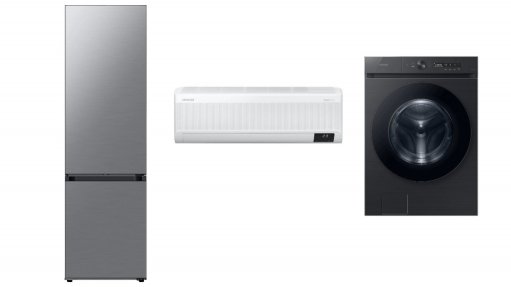
WINNING TRIFECTA The three Samsung product ranges which have been awarded Product Carbon Footprint certification from global climate consultancy Carbon Trust
T en models, among three product lines of multinational major appliance and consumer electronics manufacturer Samsung Electronics’ Digital Appliance Business division, have obtained Product Carbon Footprint certification from global climate consultancy Carbon Trust.
The certification measures and confirms carbon emissions generated throughout the entire lifecycle of ten models across the refrigerator, air conditioner and washing machine product groups.
The certificate verifies that the Carbon Trust measured and confirmed the carbon emissions of the products based on global standard, PAS 2050:2011.
“Receiving the Product Carbon Footprint certification for our home appliances is a significant milestone,” says Samsung Electronics digital appliances business research and development head, and executive VP, Jeong Seung Moon.
The Carbon Trust is a global climate consultancy that aims to accelerate the move to a decarbonised future.
The organisation, which was founded in the UK and operates globally, certifies products’ carbon footprints in accordance with international standards.
Samsung Electronics’ products were certified based on the cradle-to-grave footprint methodology, which takes into account the entire greenhouse-gas emissions of a product, from the extraction of raw materials to product manufacturing, distribution, the product’s use and its final disposal.
The certification issued to the ten models includes three empty model refrigerators referred to as BMF refrigerators, one WindFree residential air conditioner model sold in Europe, and six Bespoke Grande washing machine models sold in South Korea.
Moving forward, Samsung Electronics plans to use the measured figures of its Carbon Trust-certified products to manage and evaluate the carbon emissions from producing successor models in the stated product groups.